Double Chin Reduction: Reshaping Your Facial Contours

Many people express concern about submental fullness, often referred to as a double chin, when conversing or looking in the mirror.
Even with a normal weight, a prominent double chin can create a dull and larger-looking facial appearance.
During consultations, it's common to hear that individuals develop habits of concealing their jawline in photos or becoming self-conscious about their profile.
A severe double chin can even diminish self-confidence, leading to a heavier facial expression.
This is especially impactful for those actively engaged in social settings, where the weight of one's impression can be significant.
For these reasons, many consider double chin reduction procedures.
Defining the boundary between the chin and neck aims to restore the original contour, contributing to a more natural and confident expression.
A double chin isn't solely caused by weight gain.
It can arise from a combination of genetic predispositions, prolonged periods of looking down, and poor posture, all contributing to fat accumulation under the chin.
As we age, skin elasticity decreases, and muscles and fascia sag, making fat more noticeable.
Additionally, if fibrous tissues are intertwined between fat and skin, noticeable changes through exercise or diet alone can be challenging to achieve.
Even with a small amount of fat, reduced elasticity can blur the jawline, diminishing its definition.
This blurred boundary contributes to an imbalance in the overall facial harmony and proportions.
Therefore, identifying the underlying cause of the double chin and finding a suitable solution may be necessary to achieve a more refined appearance.
Double chin reduction procedures, such as facial liposuction, utilize fine, blunt cannulas to minimize trauma while naturally reducing fat.
It's crucial to refine unwanted fat under the chin while preserving essential volume for a natural look.
The goal isn't simply to remove as much fat as possible but to define the contours and harmonize facial proportions.
Incisions are typically placed in natural creases for minimal visibility, and scars gradually fade over time.
While the surgery may take a few hours, the contours gradually emerge during the recovery period.
Facial liposuction is often described as a process of redefining blurred lines rather than just reducing fat.
Understanding this principle allows for realistic expectations and increased satisfaction with the results.
Before planning a double chin procedure, individual conditions must be carefully assessed.
Factors such as fat quantity, skin elasticity, facial structure, and lifestyle habits are all considered.
While significant changes are often seen in cases with abundant fat and firm skin, a different approach may be needed if the skin is lax.
The amount and location of fat removal should also be adjusted based on the angle of the jaw and neck, as well as the overall facial proportions, to achieve natural-looking results.
Balancing any asymmetry is particularly important.
Therefore, consultations involve thorough discussions to manage unrealistic expectations and develop a plan tailored to individual conditions.
Preparing in this way can lead to a more positive attitude toward the results.
Some swelling and bruising may occur after the procedure.
However, these typically subside over time, and the contours become more defined after 2-3 weeks.
Wearing compression garments or bandages can be helpful during recovery, and strenuous activities should be avoided.
Recovery is not just a waiting period but an essential part of achieving the final result.
Monitoring the recovery process helps alleviate anxiety and promote a sense of ease.
Following aftercare instructions diligently leads to a smoother recovery and more refined results.
Patients often express great satisfaction as they witness the gradual definition of their contours.
Following the procedure, patients often say that their face feels lighter.
The defined boundary between the chin and neck makes the face appear smaller, and facial expressions become more relaxed.
Patients report a reduced tendency to cover their jawline when talking and less concern about angles when taking photos.
Some even report feeling more expressive and confident at work.
These testimonials reinforce the idea that double chin reduction can transform not only physical appearance but also lifestyle and self-esteem.
Changes, whether large or small, have a ripple effect throughout life, providing patients with positive motivation.
A female patient in her 40s was concerned about her increasingly prominent submental fat, despite being within a normal weight range.
She felt self-conscious about her profile during meetings and noticed a blurred jawline in photos.
After trying various methods without success, she sought consultation for a double chin procedure.
Following an assessment of her individual condition, she underwent facial liposuction and observed a gradually defined jawline during the recovery process.
The patient expressed satisfaction, stating that she felt more energetic than before.
This case reaffirms that facial liposuction plays a crucial role not only in aesthetic improvement but also in self-expression and confidence restoration.
Double chin reduction is a process of refining the blurred boundary between the chin and neck, harmonizing facial proportions.
Facial liposuction reduces unwanted fat and restores the original contours, resulting in a natural and defined appearance.
While the surgery itself may be brief, satisfactory results require comprehensive consultation and recovery management.
It is deeply rewarding to see patients display more relaxed expressions and confidence after the procedure.
Ultimately, double chin reduction is a choice that empowers individuals to express themselves more confidently and live more freely.
We sincerely hope that those struggling with submental fat will find a suitable solution to regain a defined jawline and continue living vibrant lives.


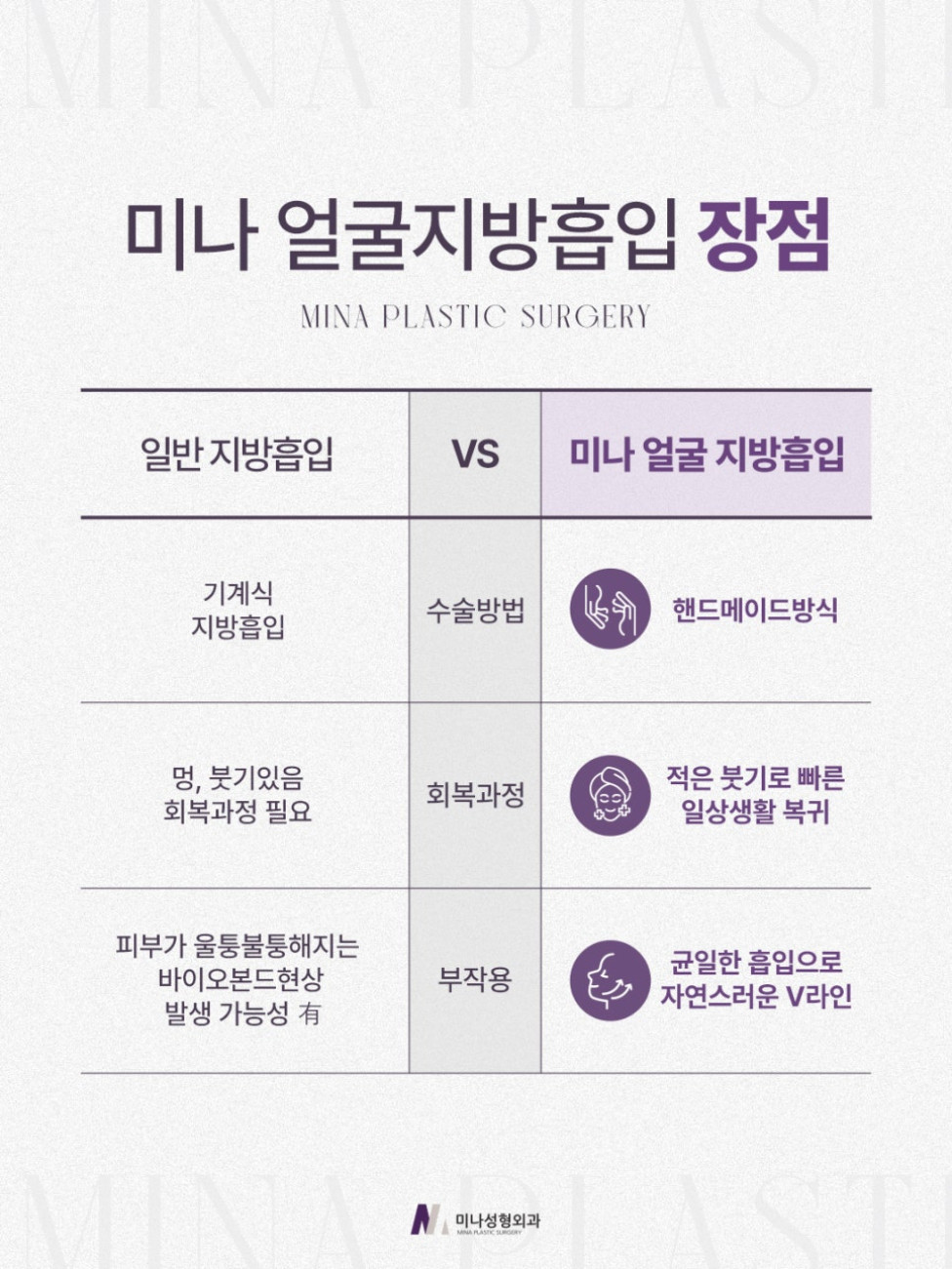


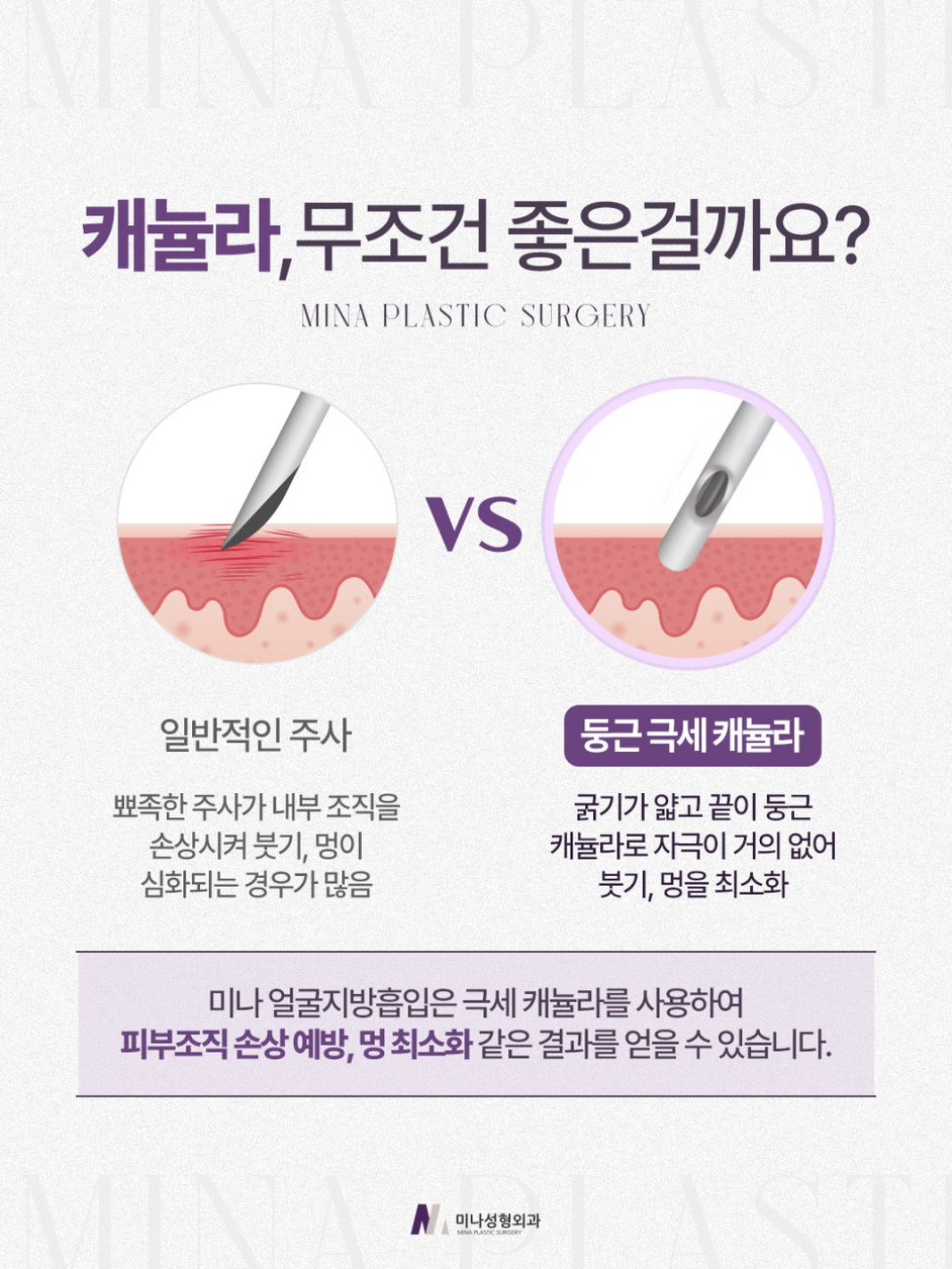
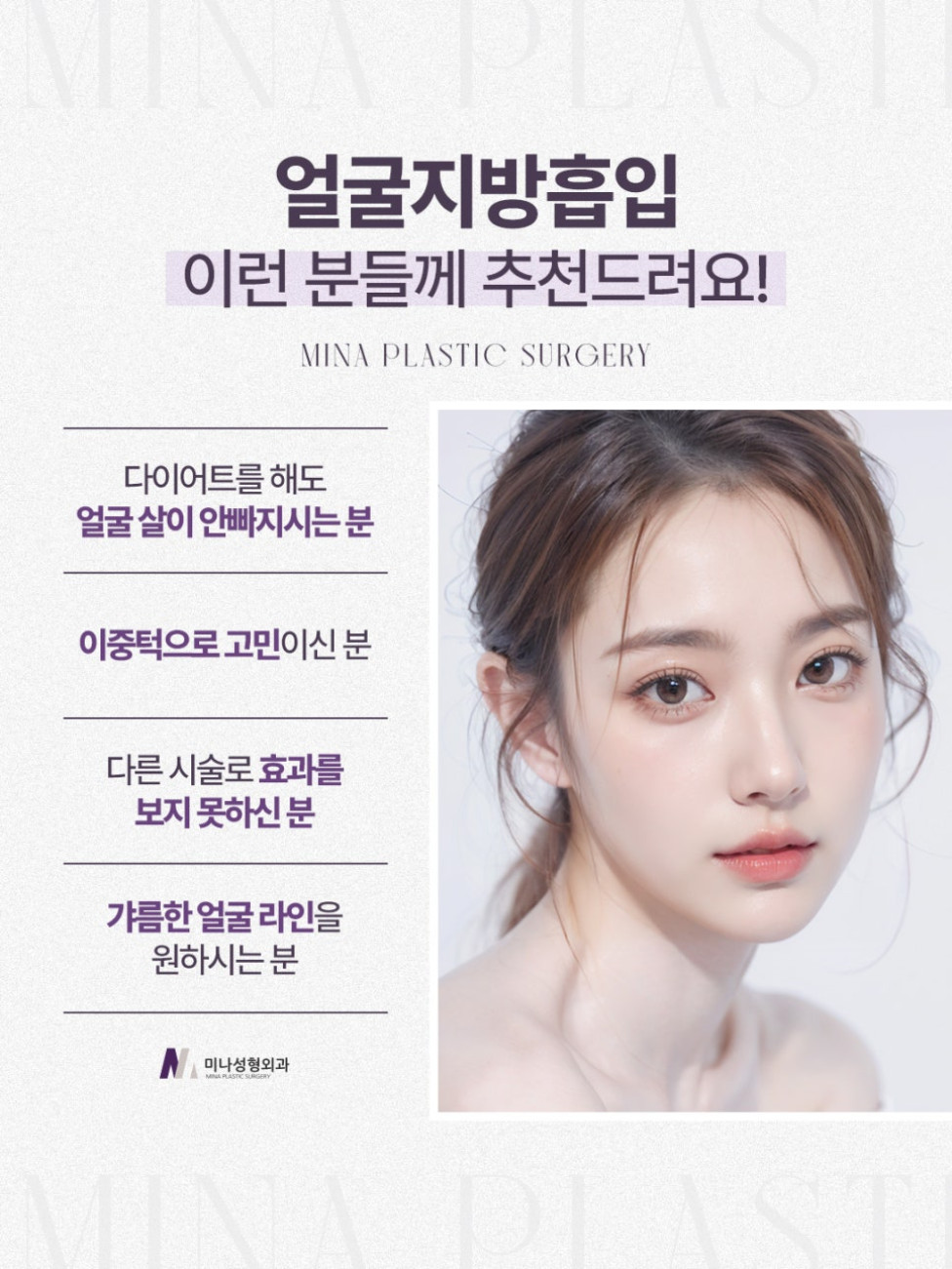

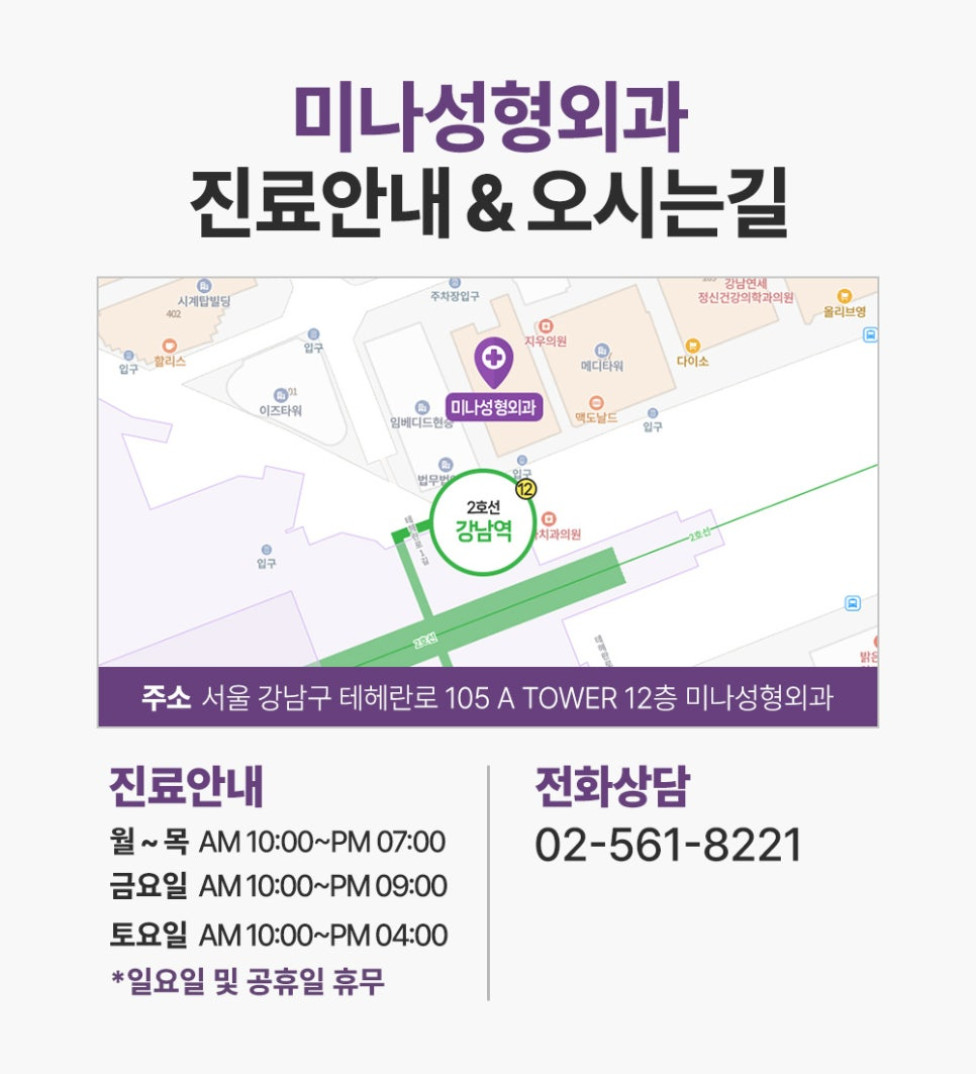

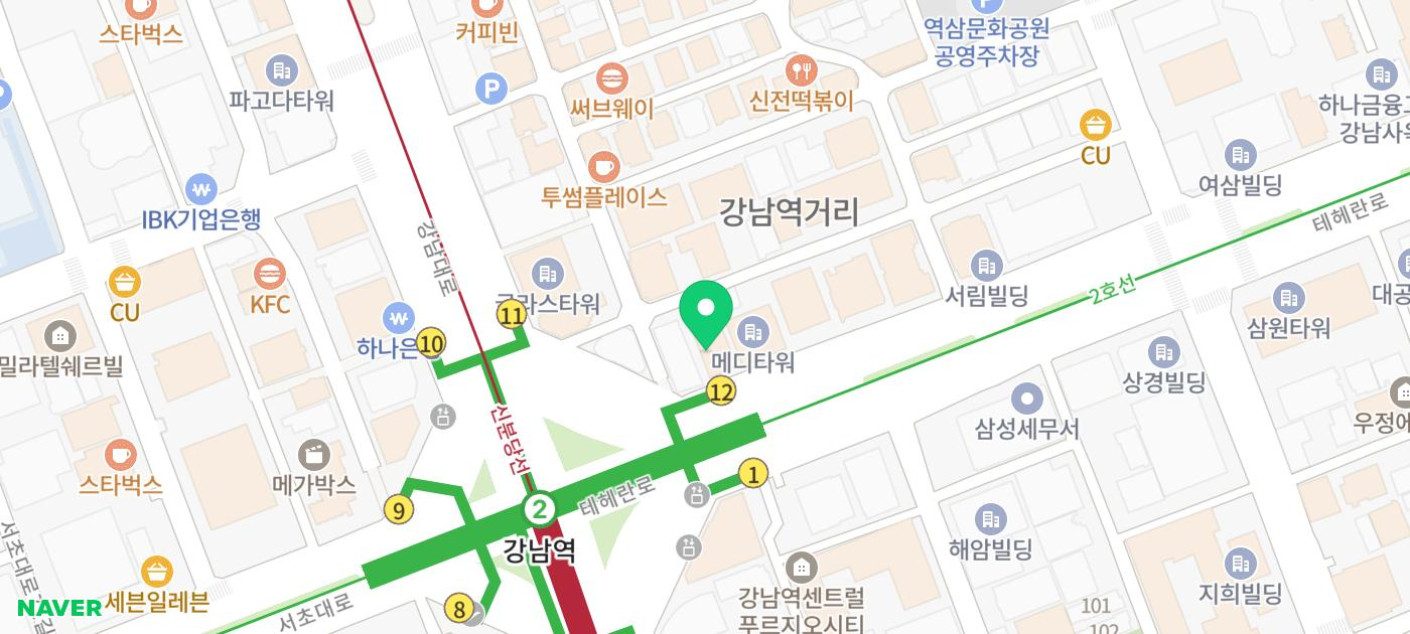






Source :https://blog.naver.com/klkl2580/224017321559
No comments yet.
